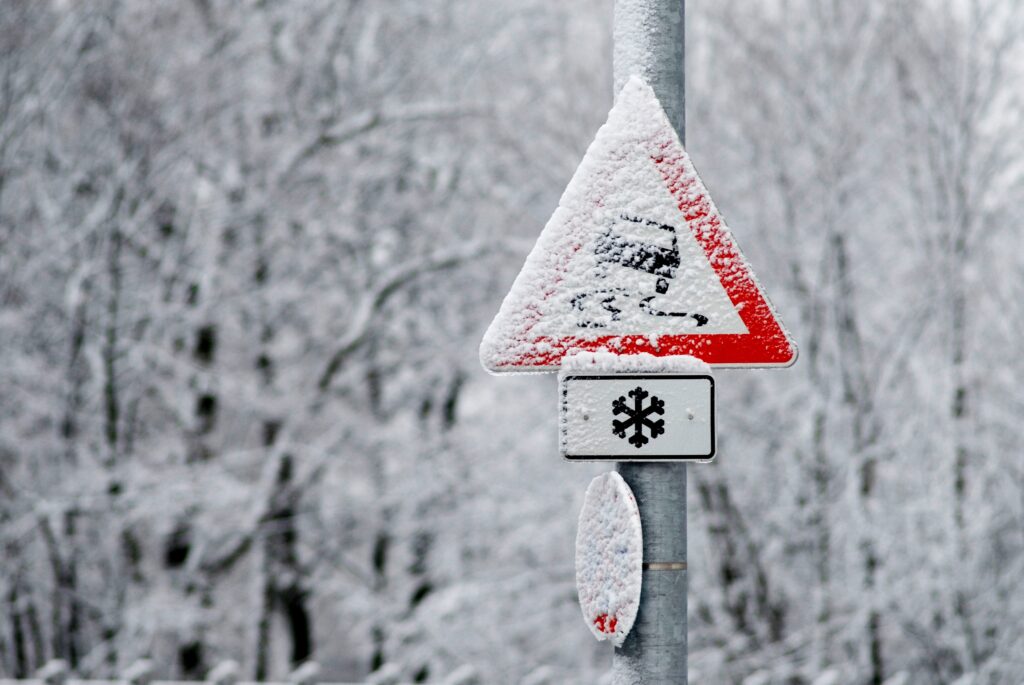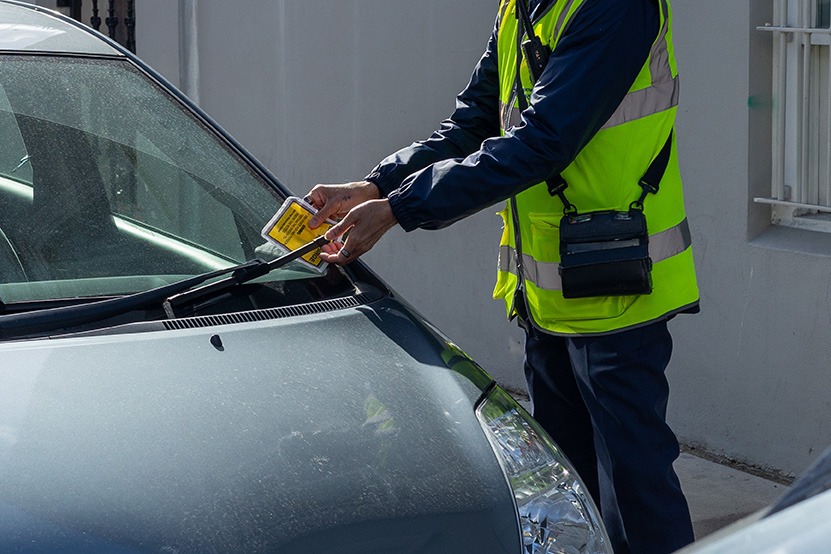As the brisk days of autumn give way to the colder months of winter, driving conditions continue to evolve. Icy roads, reduced daylight, snow, and freezing temperatures can pose significant hazards. To stay safe, it’s essential to adjust both your driving habits and vehicle maintenance routines for the challenges of winter.
1. Prepare for Long Winter Nights and Reduced Visibility
Winter brings even shorter daylight hours, often leaving drivers commuting in the dark. This can make it harder to see hazards like ice patches, pedestrians, or cyclists.
Check Your Lights:
- Ensure all exterior lights—headlights, brake lights, indicators, and fog lights—are functional.
- Clean dirt or snow off the lenses to maximise brightness.
Clean Windows and Mirrors:
- Keep your windscreen, mirrors, and windows clear of frost or grime to reduce glare from headlights or low winter sun when winter driving.
Adjust Driving Speed:
- Slow down in low-light conditions to give yourself more time to react to unexpected hazards.
2. Monitor Winter Weather and Road Conditions
Snow, ice, and sleet can make roads slippery, while black ice can appear unexpectedly, especially on shaded or elevated areas.
Check Tyre Tread Depth:
- Adequate tread is crucial for grip on icy or snowy roads when winter driving. Consider switching to winter tires for improved performance in freezing conditions.
Inspect Tyre Pressure:
- Cold air reduces tyre pressure. Check and adjust regularly to match the manufacturer’s recommendations.
Drive to Avoid Skidding:
- Reduce speed, steer gently, and avoid sharp braking on icy or snowy surfaces when winter driving.
3. Remove Ice and Snow from Your Vehicle
Snow and ice accumulation on your vehicle can impair visibility and endanger others on the road.
Clear All Surfaces:
- Remove snow and ice from the roof, windows, mirrors, headlights, and license plates before starting your journey.
De-Ice Your Windshield:
- Use a scraper or de-icer spray to ensure your windscreen and wipers are free from ice.
4. Maintain Heating and Defrosting Systems
Sub-zero temperatures can fog up your windows and make your car uncomfortable. Ensure your systems are winter-ready.
Test Your Heating System:
- Verify that your car’s heater is working efficiently to keep you warm and prevent window fogging.
Check Wiper Blades and Washer Fluid:
- Replace worn wiper blades and top up washer fluid with a winter-grade solution that won’t freeze.
Use Anti-Fog Solutions:
- Apply an anti-fog treatment to windows for improved visibility during extreme temperature shifts.
5. Ensure Brakes and Essential Fluids Are in Good Shape
Winter roads demand top braking performance and adequate fluid levels to ensure your vehicle runs smoothly.
Inspect Your Brakes:
- Listen for grinding or squealing sounds that may indicate worn brake pads.
Top Off Fluids:
- Check and refill oil, coolant, brake fluid, and antifreeze. Use winter-grade windscreen washer fluid to prevent freezing.
Conclusion
Winter driving presents unique challenges, from icy roads to reduced visibility. By taking proactive steps like adjusting your driving habits and conducting regular vehicle maintenance, you can stay safe and enjoy the beauty of the season without unnecessary risks.
Related articles: How Do I Prepare My Vehicles and Drivers For the Winter?



